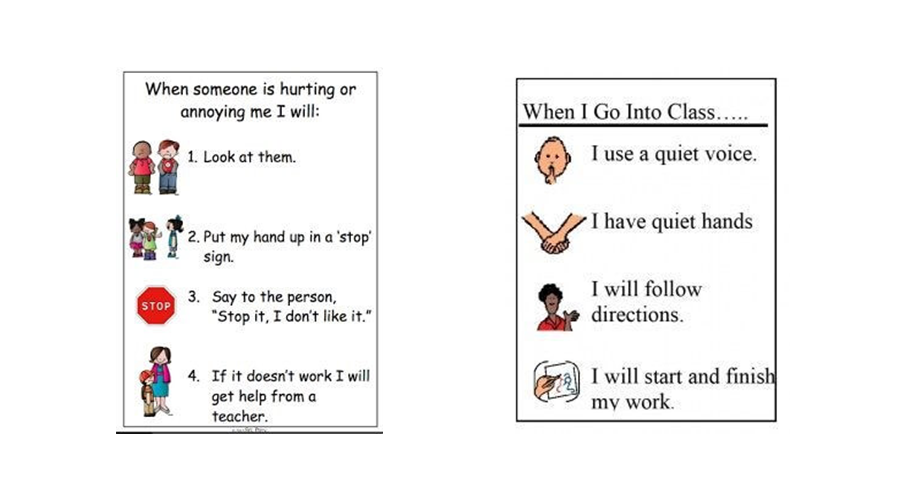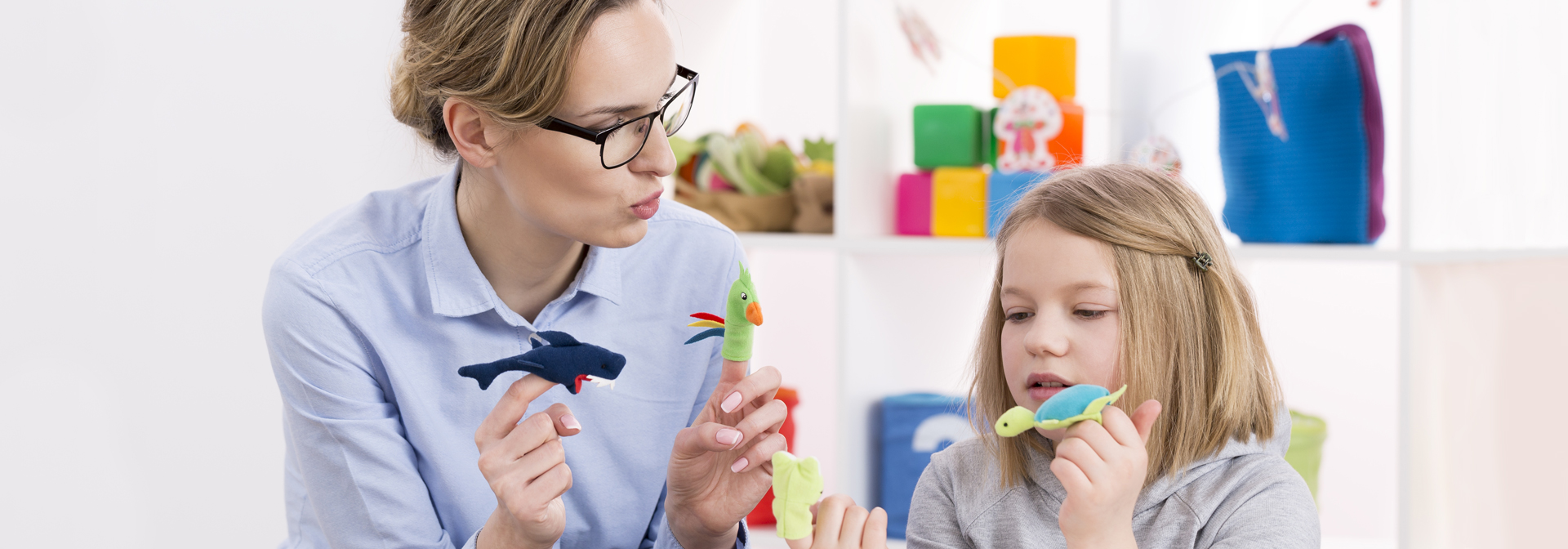Preparing for a New Environment: Social Stories
September 18, 2018
Does your child cry each time he/she goes to a new place? Do new sounds and changes in the environment immediately promote negative behaviors? Does your child sometimes unusual social behaviors that you are unsure of how to change? Here is a very helpful and quick strategy to can bring a solution to many of these struggles for your child with autism!
Social stories are short stories that describe a situation, concept or social skill. They are an evidence-based practice used to address the needs and improve social understanding of people on both sides of a social equation. They are often used for individuals with autism to teach information that many other people may simply assume that everyone knows. Social stories can be incredibly helpful in these types of situations:
- A new social situation for your child
- Sibling and/or peer interaction
- Expressing feelings
- Daily living skills
- Job skills
- Playing games with others
- Reading body language
- Field trips, fire drills, classroom routines, etc.
 Source: Autism Parenting Magazine
Source: Autism Parenting Magazine
Although they may look overwhelming, social stories are actually really simple to put together! Here are quick steps to get you started:
- Choose the topic of the social story.
- Decide whether you will use real pictures of your child or fake images like the ones used above. Real pictures are usually the most successful and engaging!
- Begin with simple descriptive sentences from the perspective of your child. For example, “My name is _____ . I am ___ years old. I love going to school.”
- Next, move on to some perspective sentences to descriptive the issue at hand. For example, “New places and things can be overwhelming to me. The library is a new place for me to go.”
- After these sentences, move on to a few directive sentences that can help solve the problem at hand. “When I am in the library, I will be very quiet and whisper. I can look around to see the new place. I can also whisper to my teacher if I get too overwhelmed by all of the books in the library.”
- Finally, finish up the social story with some affirmative sentences. “I know when I whisper for help in the library, my teacher will take me out of the library to get a break. This will make me feel much better!”
- Once your social story is finished, practice the steps yourself to make sure it makes sense.
- Add pictures to the social story.
- Introduce the social story to your child with autism. Practice lots of times before going out into the community to use the skill!
- Re-introduce the social story anytime your child seems to have forgotten to respond to the situation at hand.
As you get started with your own social stories, look through many different examples online to help you!Carol Gray, the creator of social stories, has lots of wonderful examples online to get you started. I hope you enjoy bringing more calmness to your child’s life through social stories!
« Choosing the Right Tools to Facilitate Communication How to Help Your Child with Autism Cope During & After a Move »
